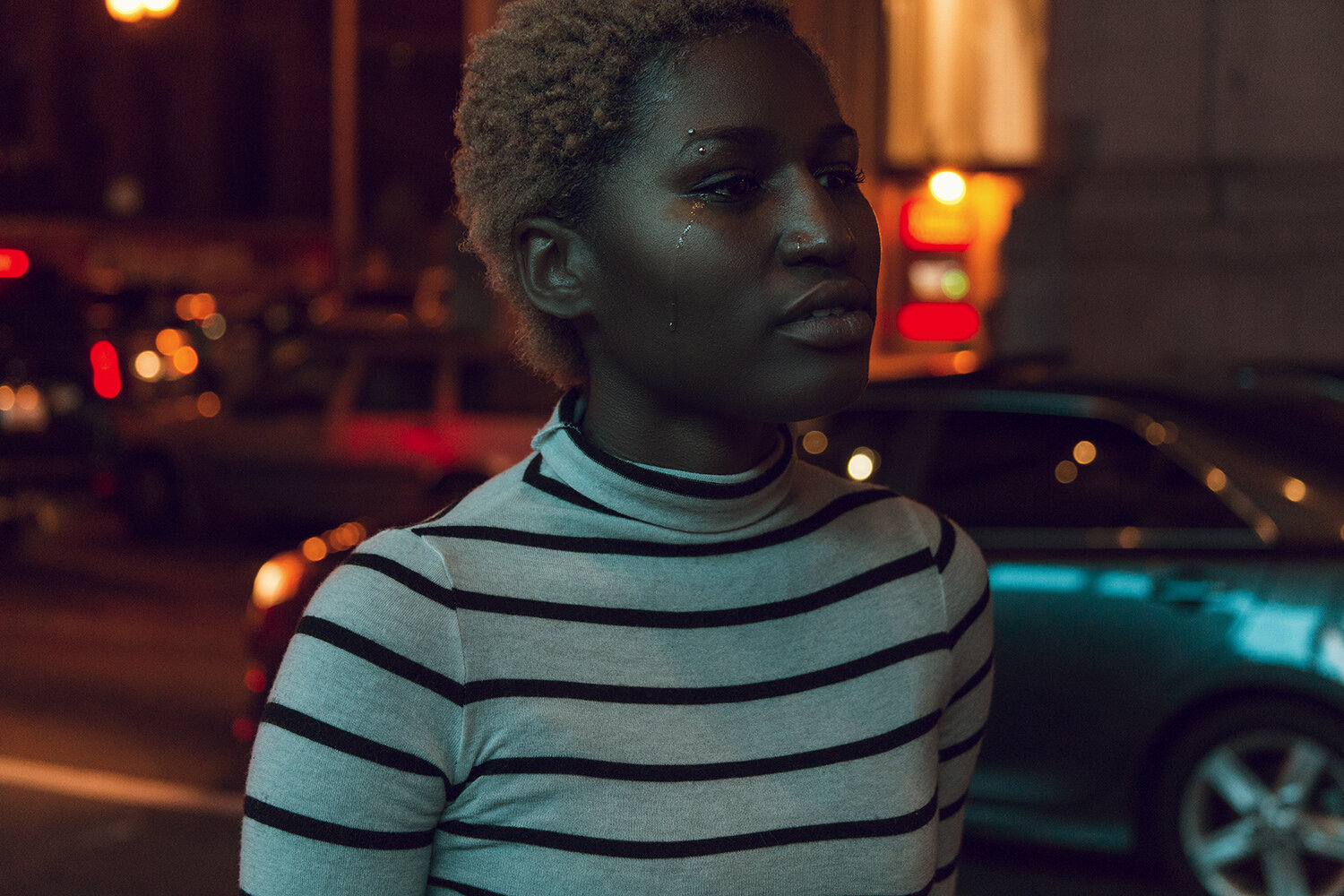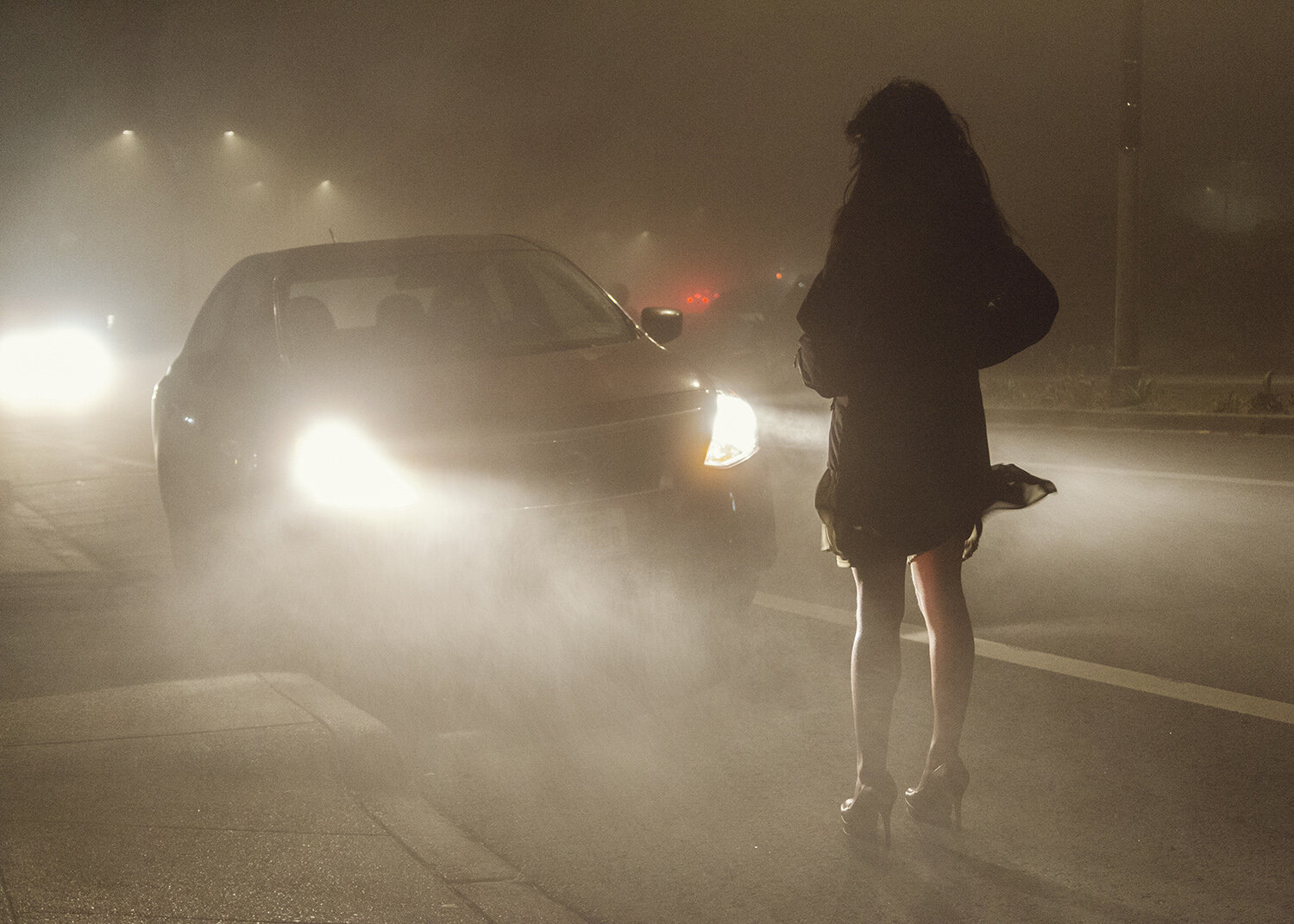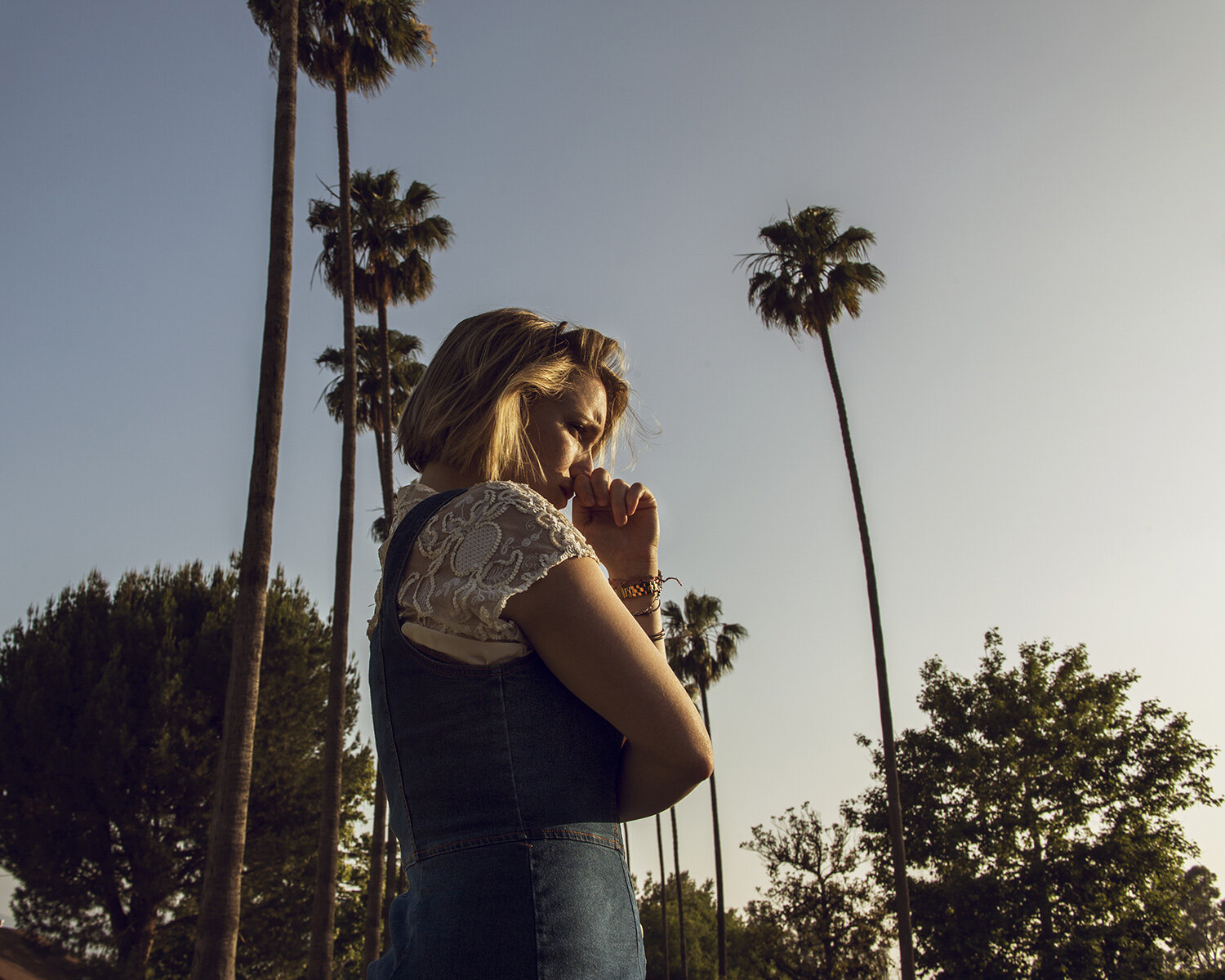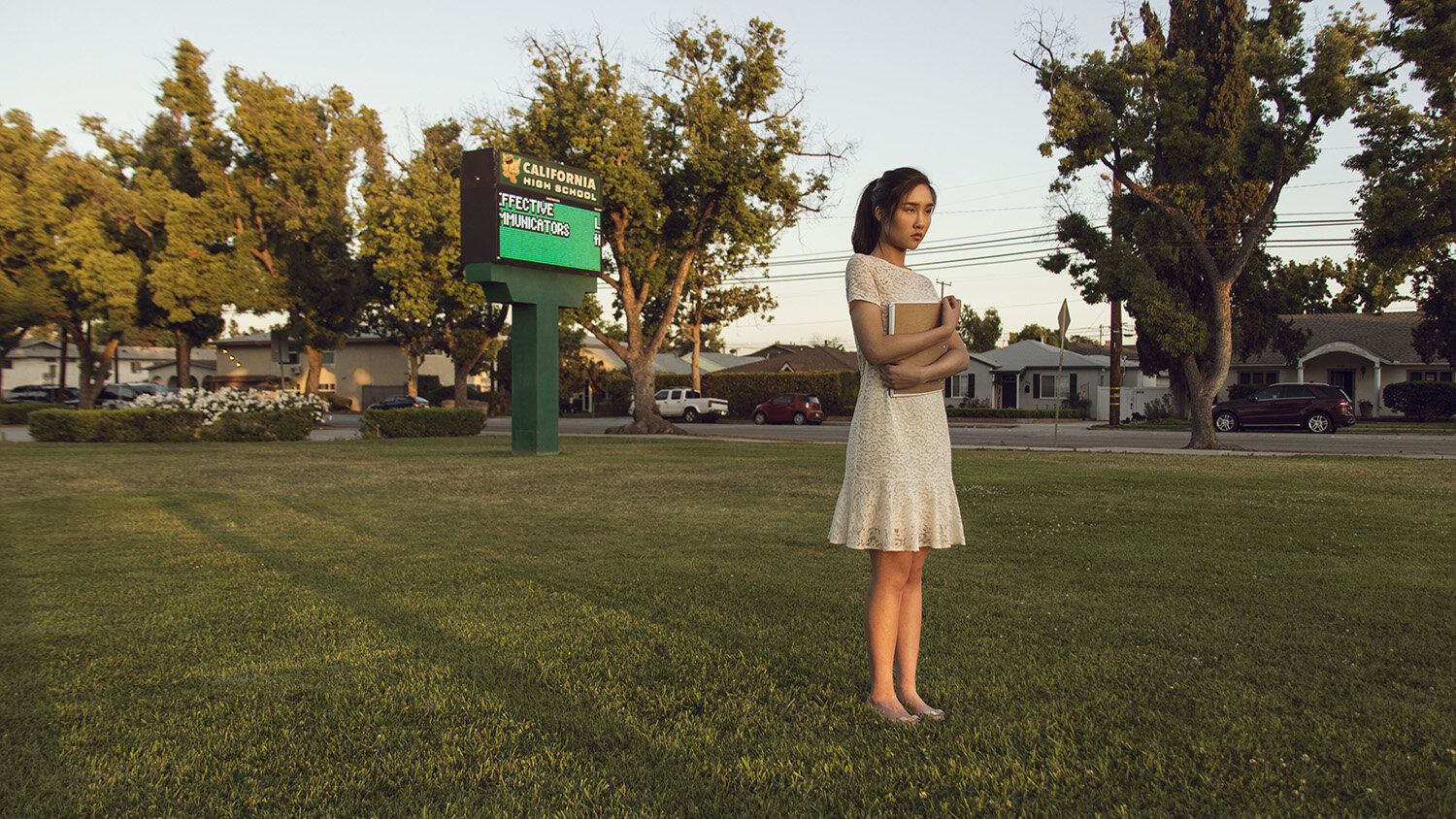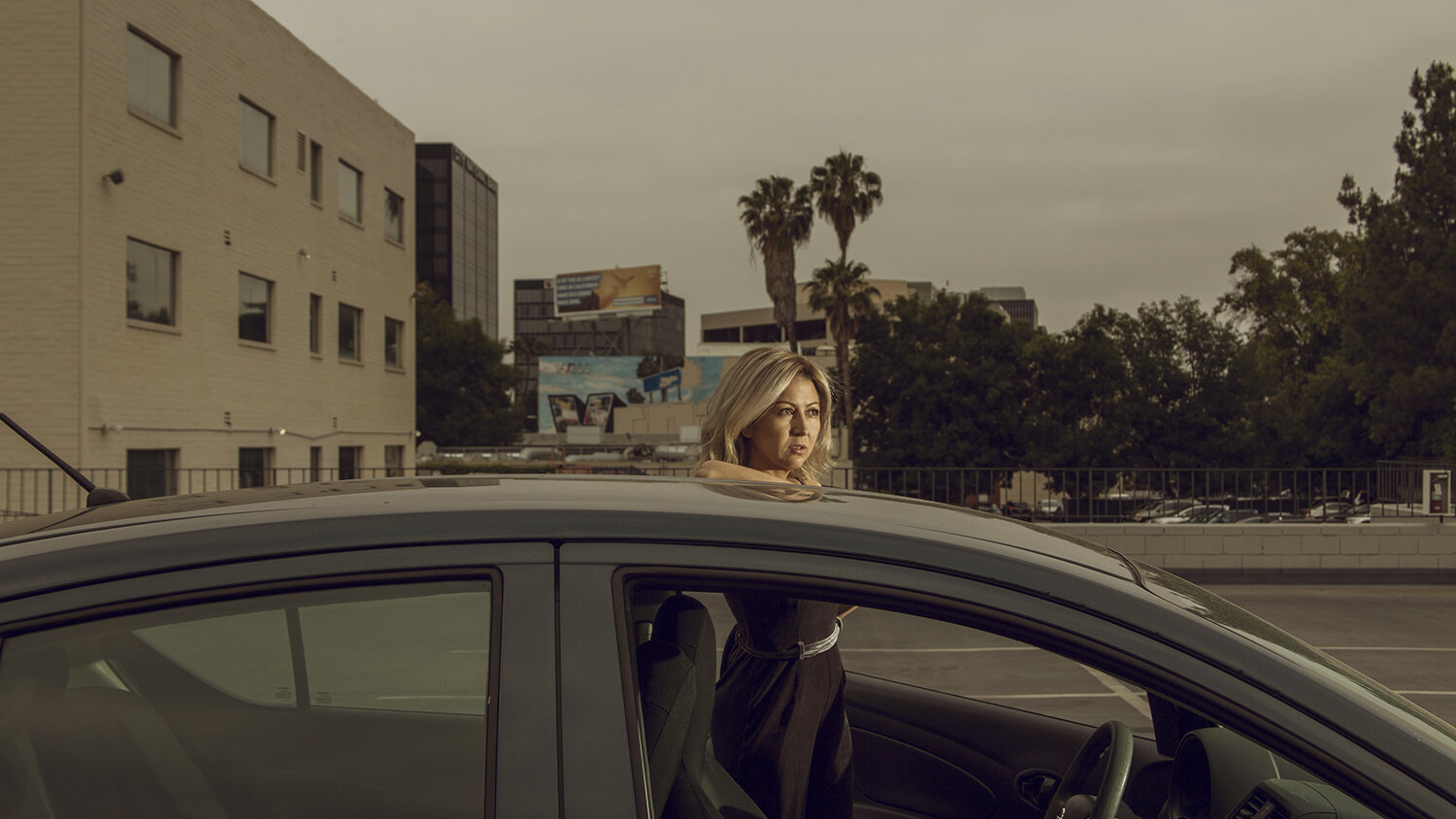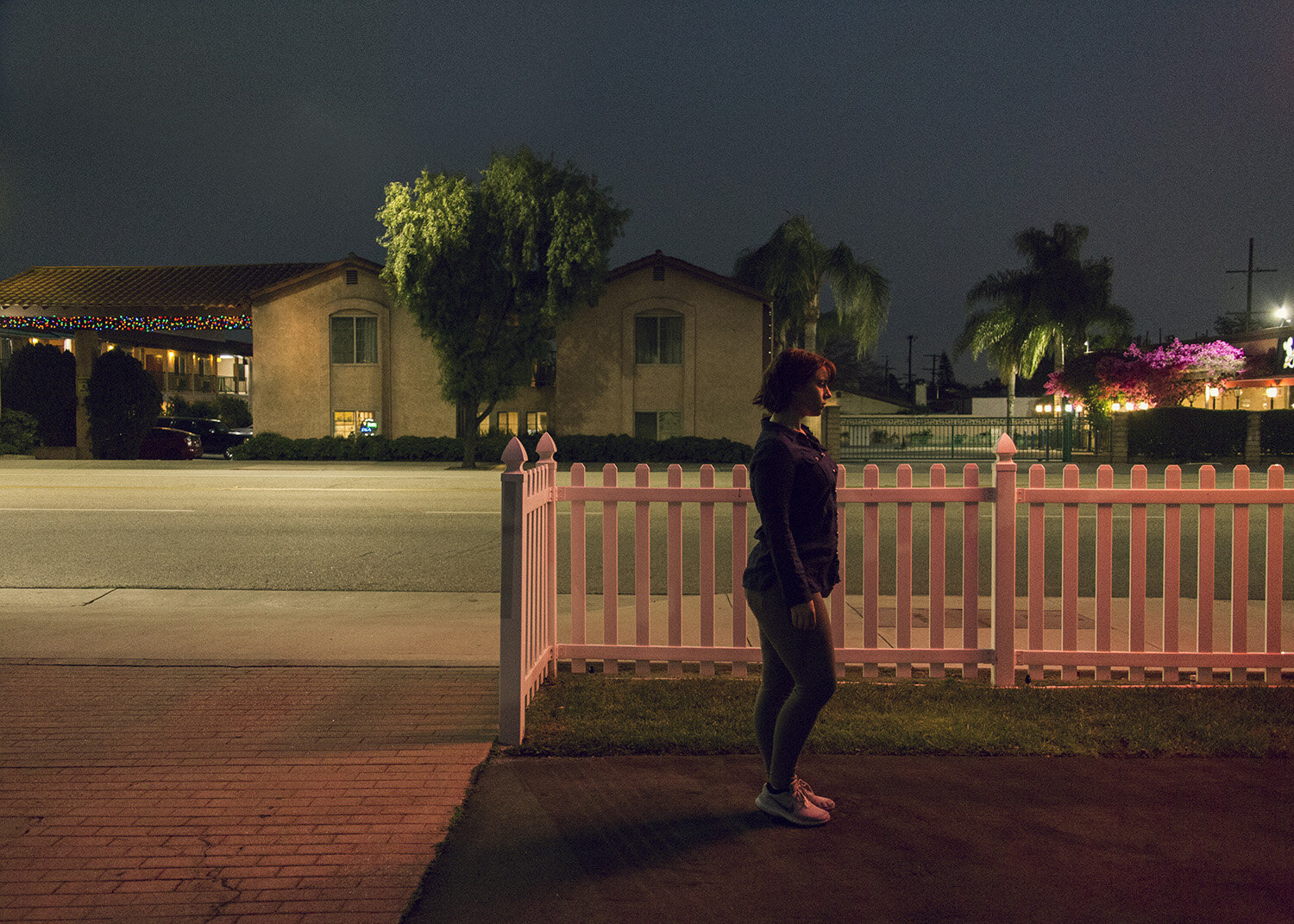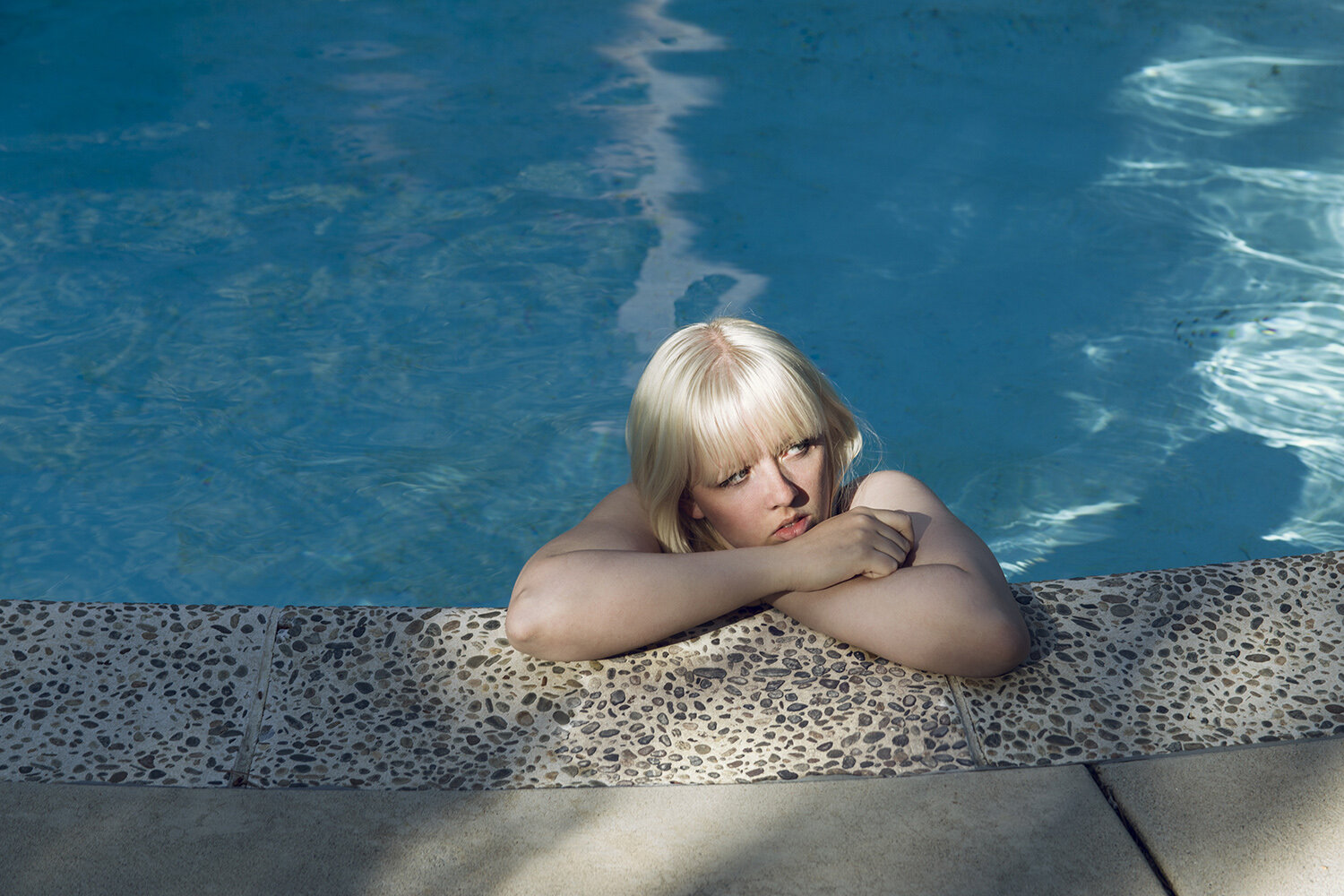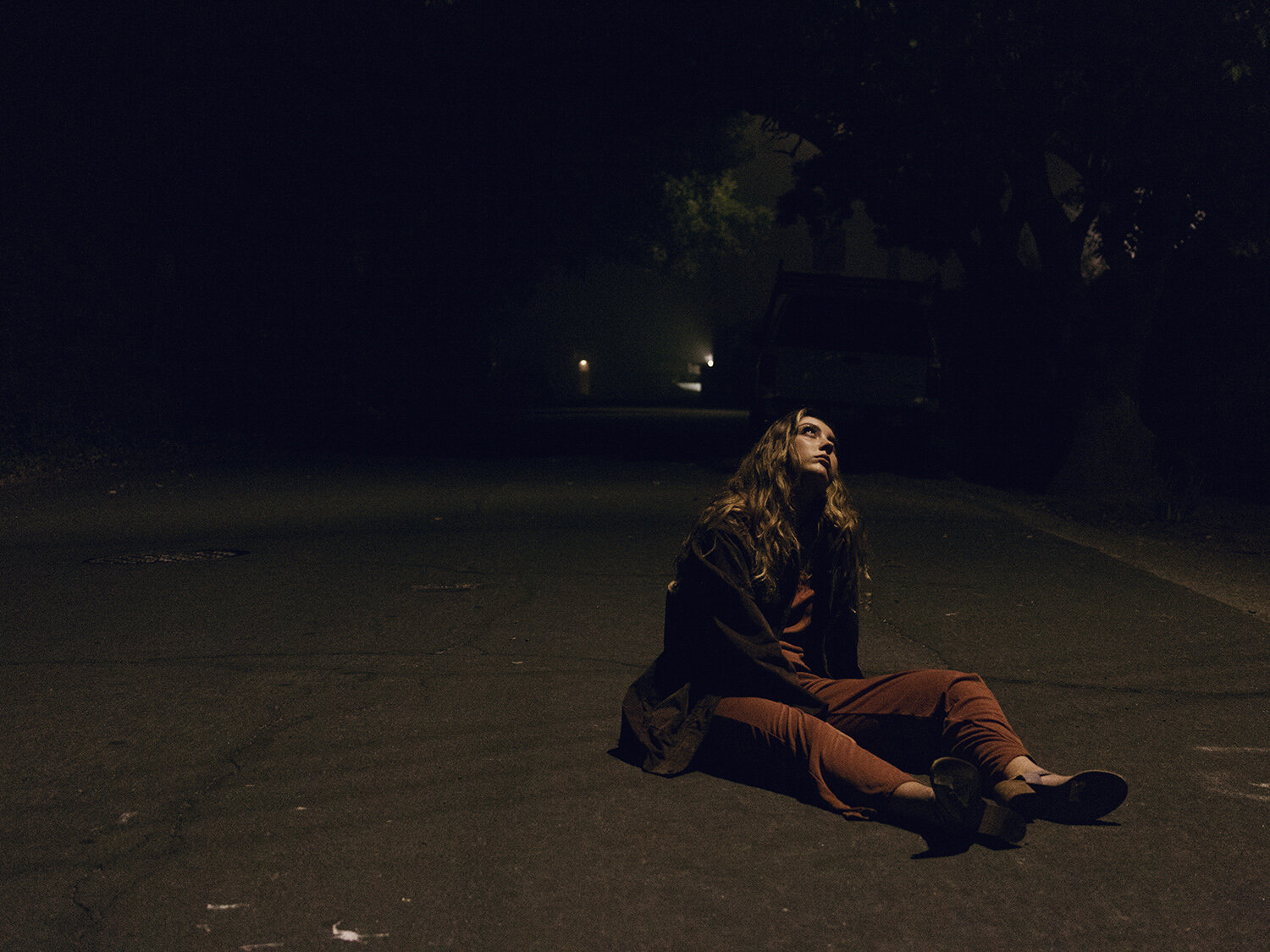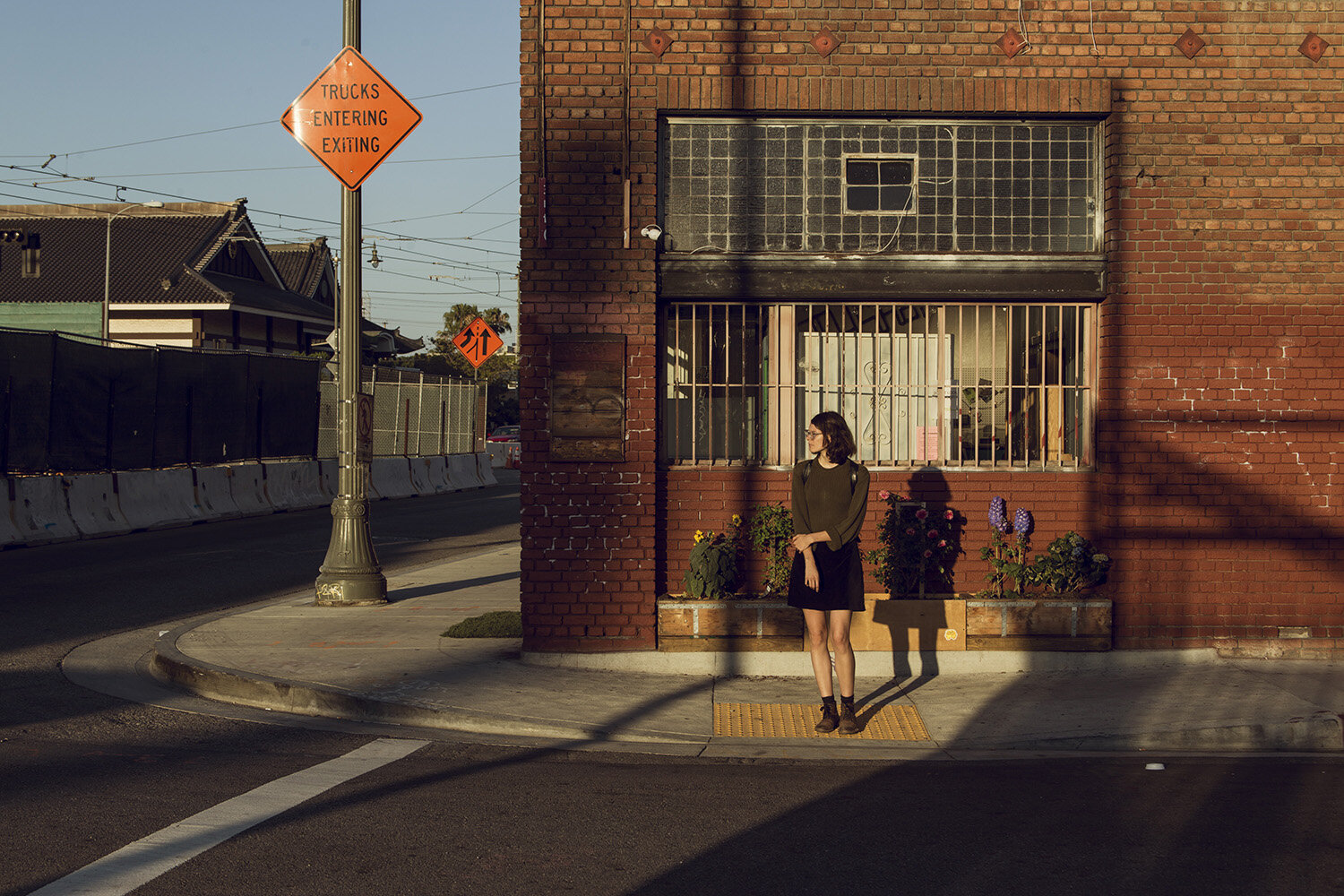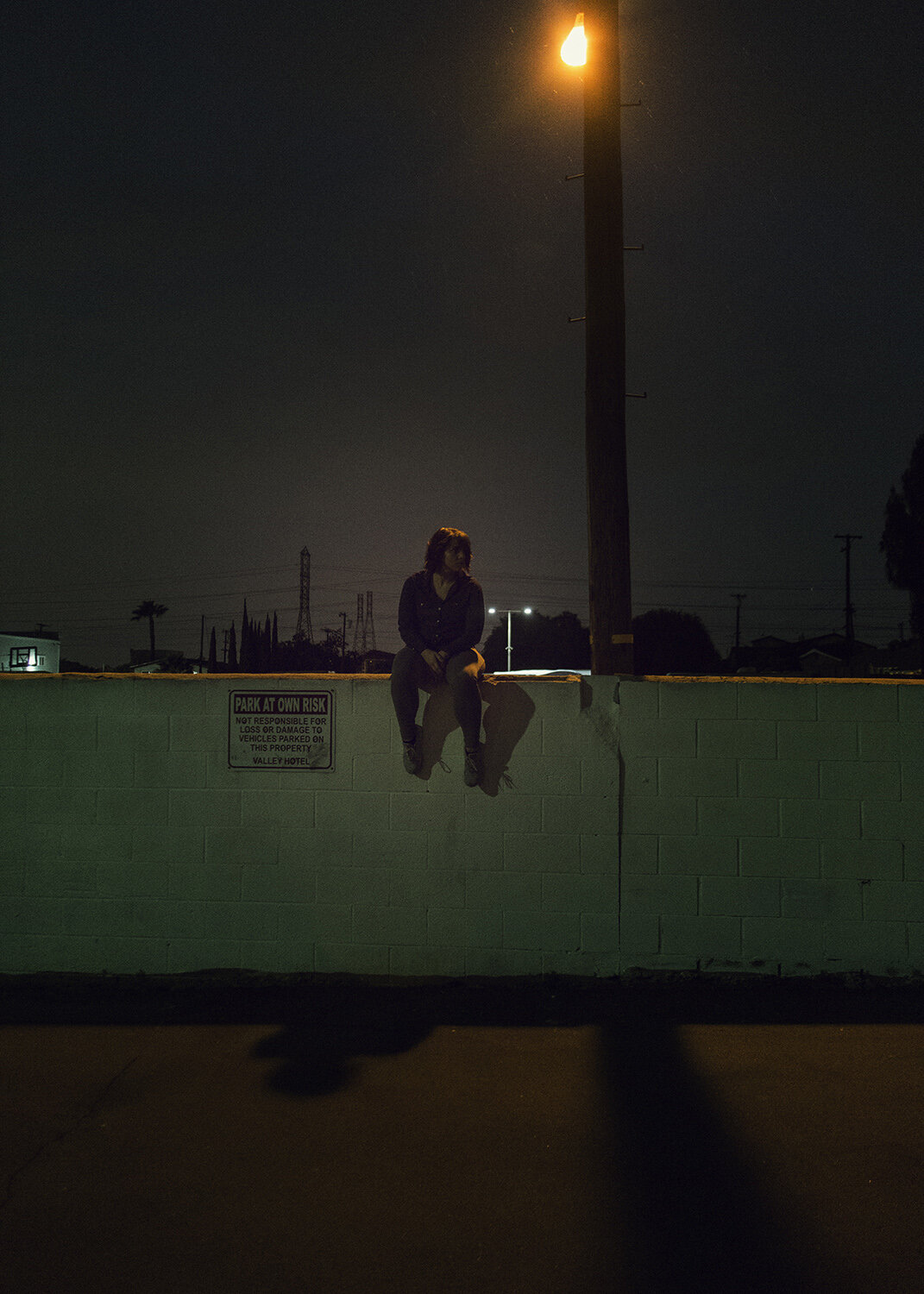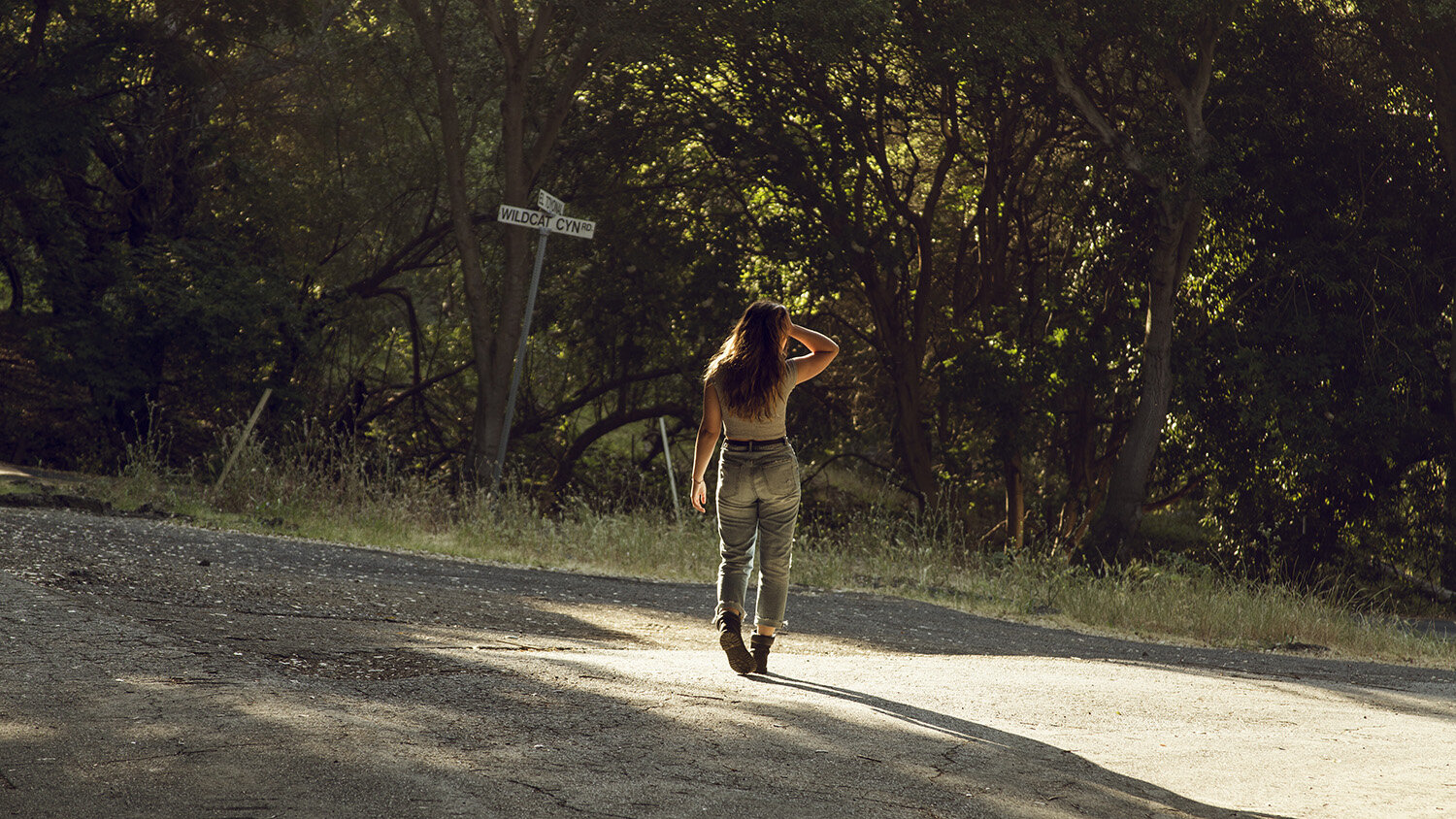Christine Mooijer - Under Pressure
When studying the images of Dutch photographer Christine Mooijer's latest project, Under Pressure, the German word Weltschmerz comes to mind — the term, coined by German writer Jean Paul in his 1827 book Selina and thereafter utilized by a diverse group of writers, embodies the feeling of personal inadequacy that stems from an acute awareness of the inadequacy of the world at large. This world-weariness — reappropriated through the lens of a disillusioned, confused generation of millennials spoonfed pop culture by the barrel from a young age — is at the heart of Mooijer's cinematic imagery. The images read like film stills: each character standing alone, their eyes never meeting the camera, as if for fear of breaking a non-existent fourth wall. The intent to capture candid moments of genuine emotion is there, yet it's the kind symptomatic of the generation that's never been more visible: the kind that's self-aware to the point of self-consciousness.
The project Under Pressure arose from a desire to escape this world-weariness — a feeling not helped by the incessant rain of the Netherlands — and so, Mooijer booked a ticket to sunny Los Angeles, hoping to grasp even a little of the idealized Hollywood experience, that famed American Dream*,* she'd seen in her adolescence. Of course, the rain followed her there. The rain is symbolic of a greater sense of disappointment Mooijer came to feel — the bubble had burst, and the flaws and cracks of that idealized worldview, so molded and shaped by years of American media consumption, were beginning to show. "The American Dream isn't just an American concept, it's a global one. We see American imagery every day, through social media, TV, movies, magazines and more. These images follow us around, saying we need to strive to be like that," Mooijer writes, and when she realized that that dream — at least, the utopian, pre-packaged one advertised to us within screens and magazines — was unattainable, she endeavoured to create her own interpretation: raw, and proud in its imperfection. Rather than completely reject its pop culture beginnings, Mooijer's project gives into them. The easily recognizable motifs are still there — the white picket fence, the movie theater in disrepair, or the perfectly blue swimming pool — reinforcing the idea that these recognizable cultural symbols are recognizable for a reason, as well as hinting at the wistfulness one may associate with the collective nostalgia pervading this generation of millennials, who seek reassurance in some hazy, undefinable bygone era. Although we may not hope to always be seen from the optimal angles, or followed around by cinematic lighting — like the elusive pop culture heroes of our childhood — Mooijer hopes that in showing the rougher edges of this lost generation, she may one day begin to move beyond the pressure of the inaccessible American dream, and begin to forge her own.

